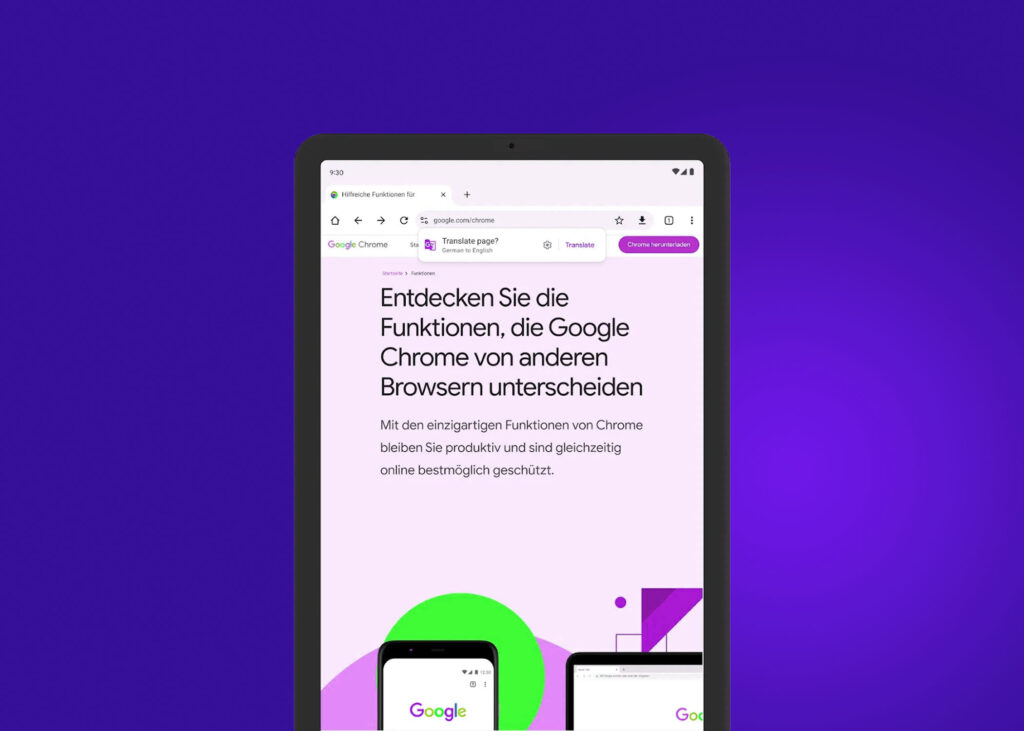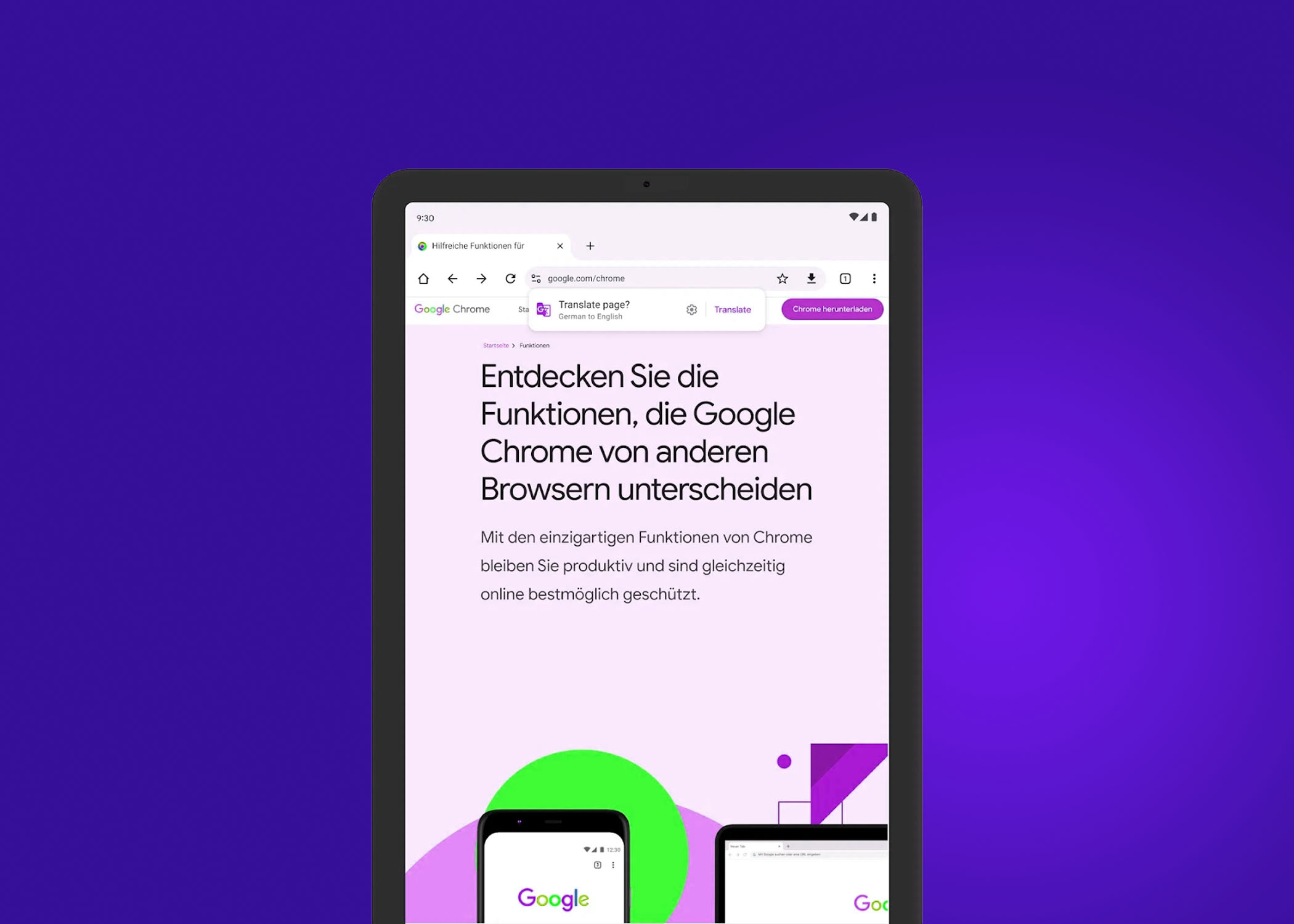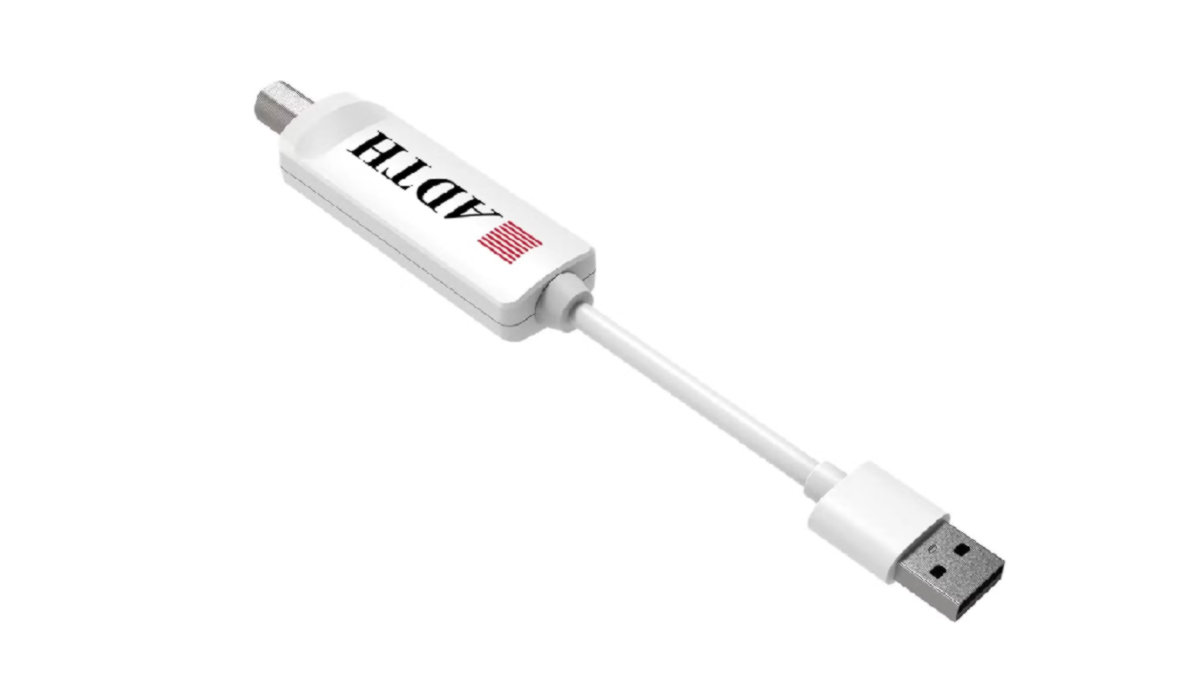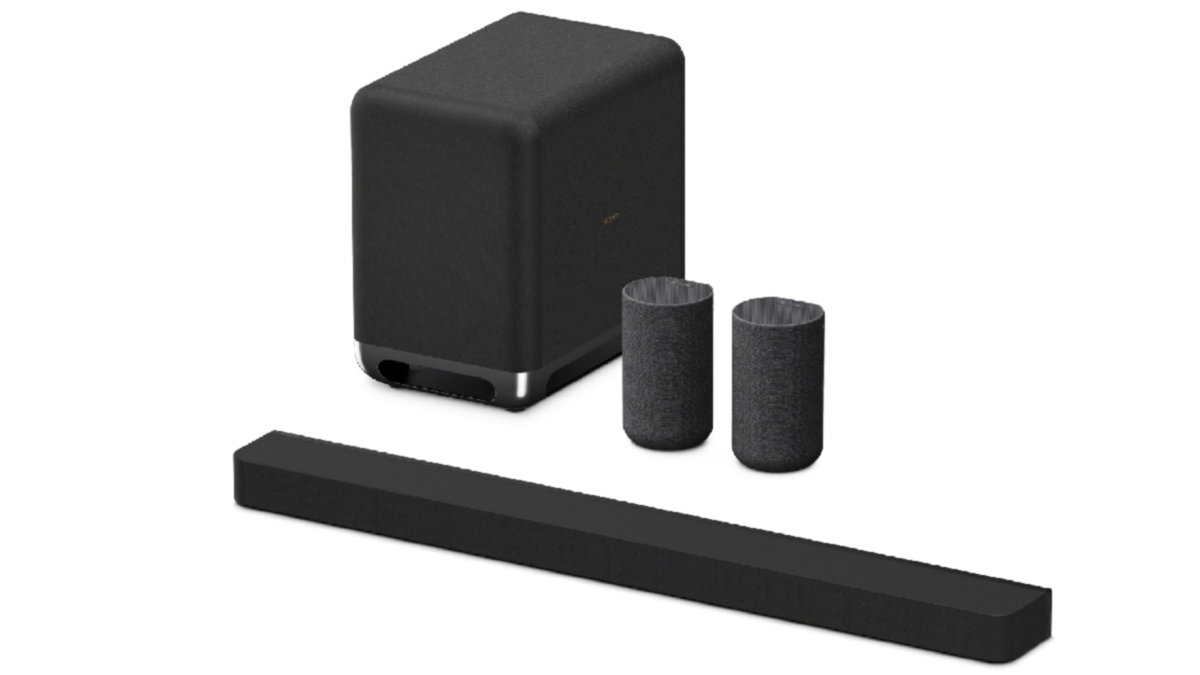Google is now rolling out a new feature on Chrome for Android called Minimized Custom Tabs. This feature currently works only on certain first-party apps. When you open a link, a downward arrow appears next to the close button in the top bar. Tapping it shrinks the web page into a floating picture-in-picture window in the lower right corner of your screen.
Tapping the window expands it back to full screen, returning you to the source website. You can also drag the window almost anywhere on the screen, and close it by pulling it towards the bottom.
In a recent Chromium Blog post, Google mentioned that the update “enables multitasking across surfaces.” This tool allows you to save a page for later viewing while browsing the internet, checking your email, or using another app. The feature is similar to YouTube Premium’s picture-in-picture (PiP) mode. You won’t need to launch Chrome and open a new tab, but you are limited to one mini window at a time.

Supportive Tool
It’s worth noting that you can’t see the contents of a page in the mini window, as it depends on the website. Some sites display the page name, URL, and logo when shrunk, while others, like Samsung’s home page, only show a globe icon.
Minimized Custom Tabs currently works on a handful of apps. We managed to get the windows to appear from links opened in Gmail and Google Search. However, tapping a link in Chrome itself opens a new tab, as does launching a website from Google Maps, Drive, or Calendar.
From what we’ve observed, Minimized Custom Tabs primarily supports first-party Google apps. Despite its limitations, it’s a highly useful tool that we hope will see wider implementation.
To try the update, download Chrome version M124 on your Android phone. The feature is enabled by default, but you can disable it by tapping the gear icon in the mini window.
Future Integration
The update is being applied to the Chromium engine, meaning any browser built on Chromium, like Microsoft Edge or Opera, could potentially introduce Custom Tabs. However, third-party support will depend on developers choosing to adopt this function.
Discover more from NewForTech
Subscribe to get the latest posts sent to your email.




